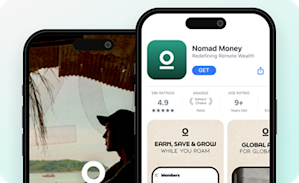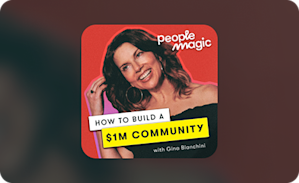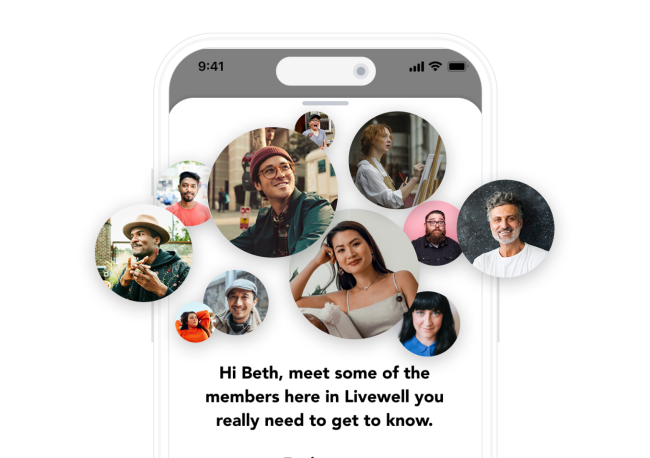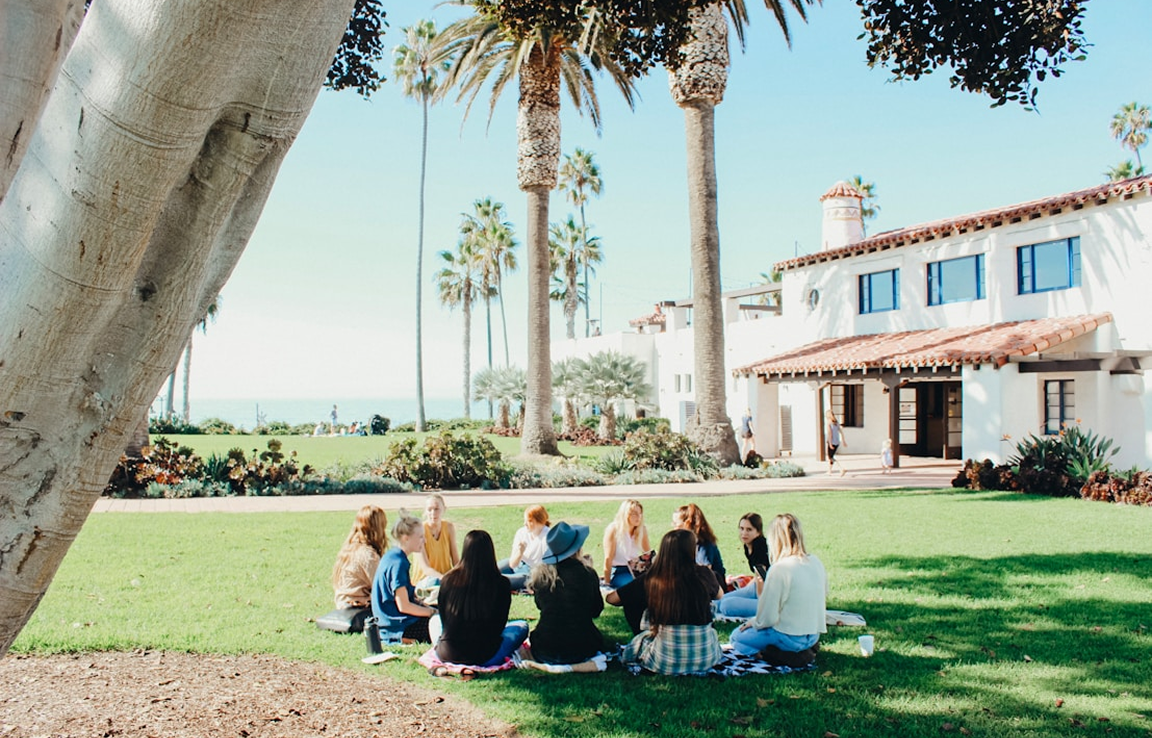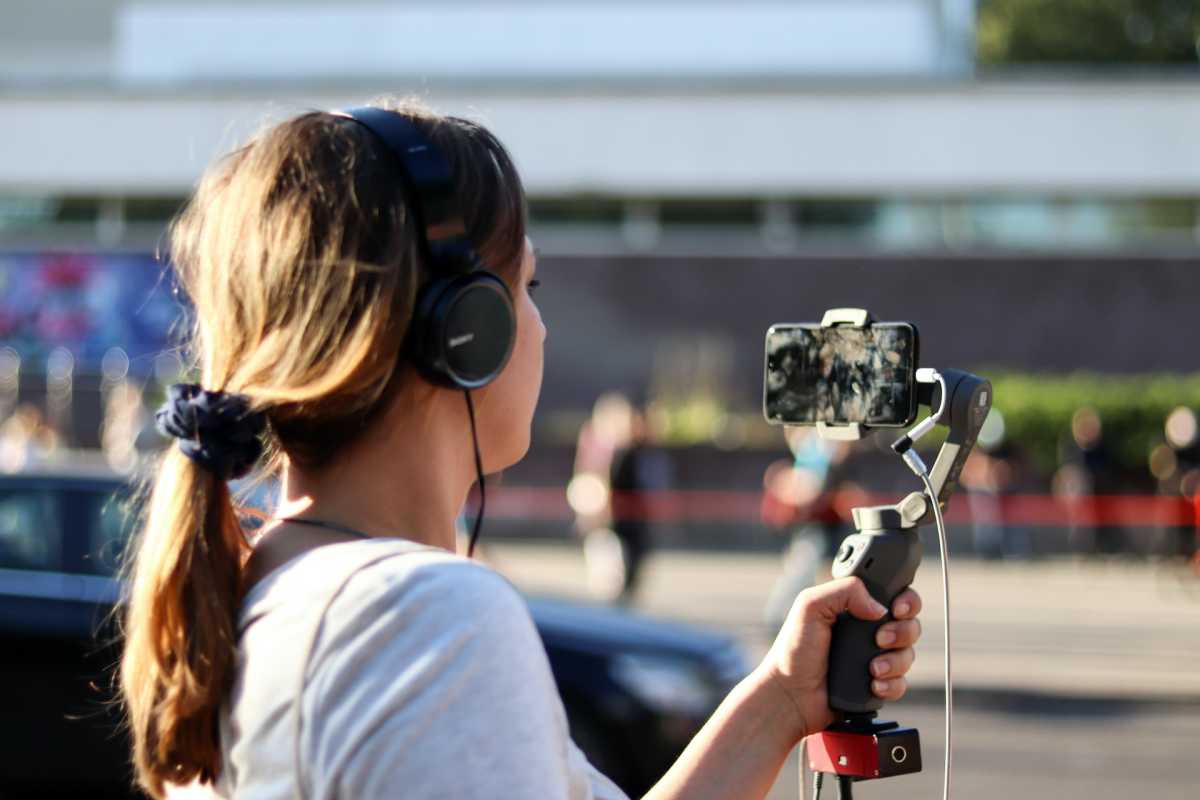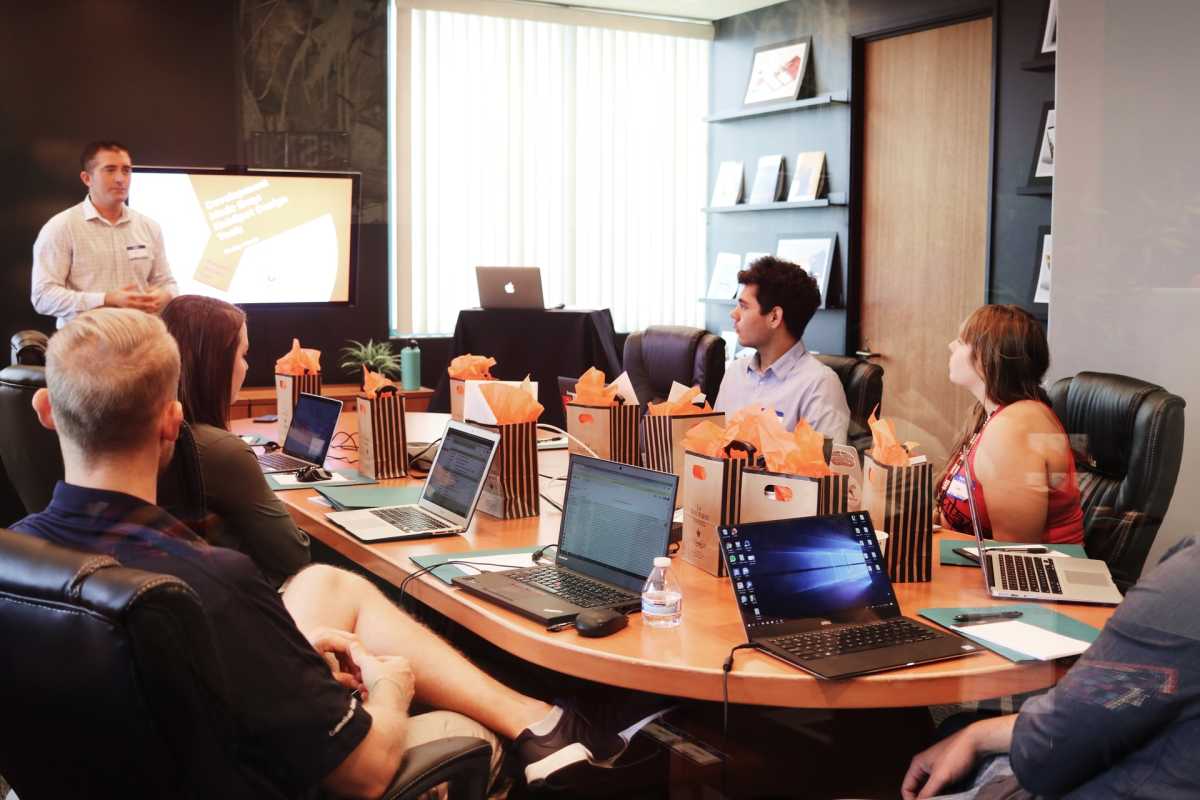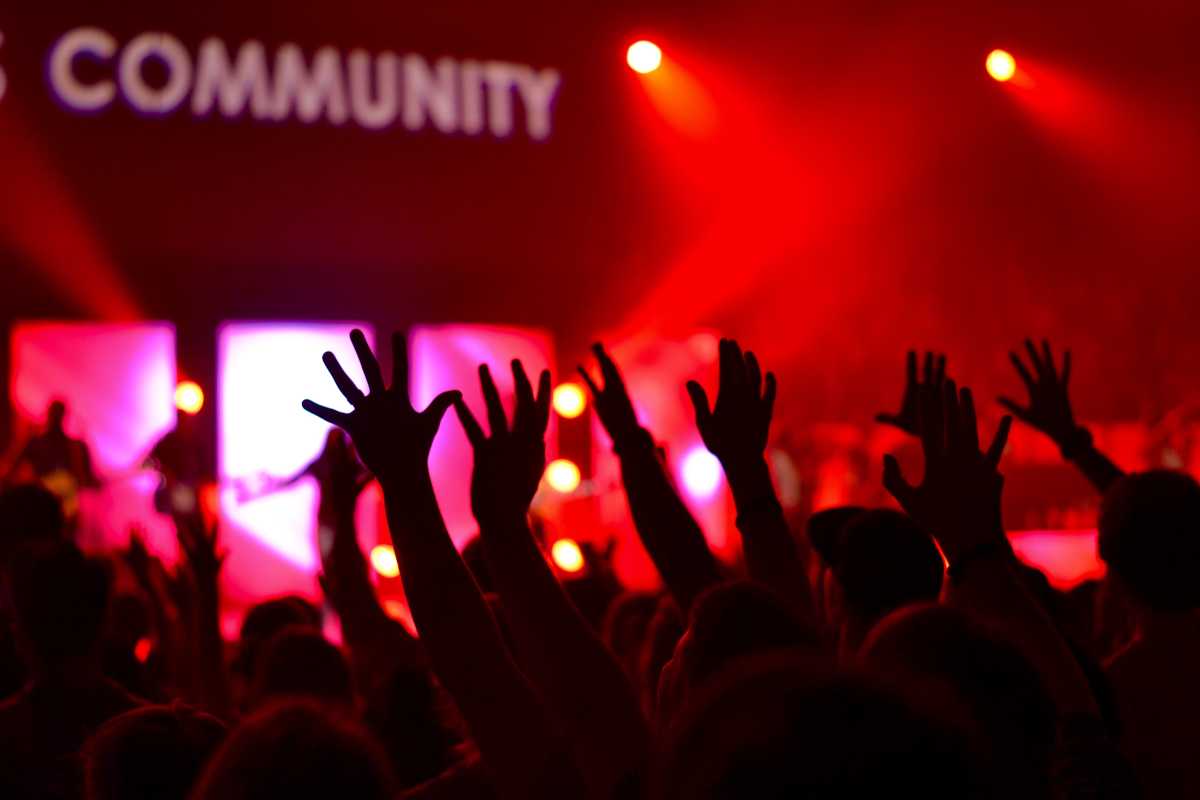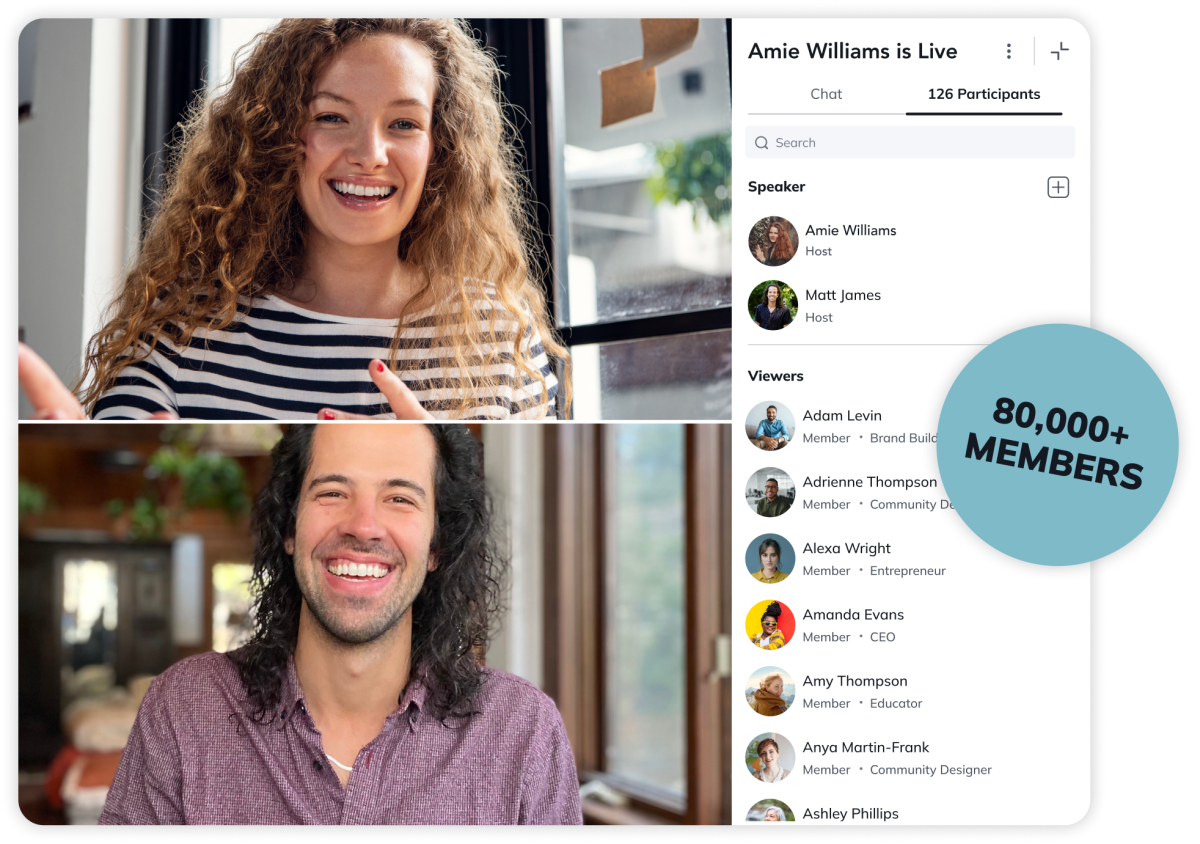Leaders who want to create a thriving community know that it's vital to keep members engaged. And figuring out how to create a more interactive and energizing experience for your community members is worth the trial and error to figure it out.
And in this post, we’re going to show you some research-backed community engagement strategies that you can implement this week.
We'll cover:
- What community engagement is
- The benefits of community engagement
- Community engagement strategies
- Community engagement best practices
Try the platform with the most $1 million communities.
((toc))
What is community engagement?
Community engagement is interaction and dialogue with citizens, members, community groups, and/or other stakeholders to solve problems, make decisions, work toward shared goals, and build connections. It's valuable for any organization with member networks to promote participation and partnership.
Community engagement is especially valuable when there are asymmetrical power dynamics between stakeholders.
We love community engagement for online communities to help members get connected, express themselves, and find belonging. And that's the greatest magic of good online community engagement; you're helping members belong.

Research-backed benefits of community engagement
There are benefits of community engagement across different types of communities, from your local municipality to online brand communities.
Here are some of our favorites!
- Power sharing: Community engagement requires sharing power: between governments & citizens, between brands & customers, or between hosts & members. This is a necessary tool of democracy and civic belonging.
- Buy-in: Community engagement increases buy-in and leads to higher success for community projects (e.g. this study of urban green infrastructure planning).
- Improved problem-solving: Community engagement brings different perspectives to problem-solving--perspectives you might not hear otherwise!
- Social cohesion: Community engagement improves the feeling of cohesion and belonging in social groups.
- Better decision-making: Leaders can make better decisions with input from engaged communities.
- Member satisfaction: Research shows engagement helps members feel empowered and ultimately more satisfied.
- More feedback: Community engagement generates more feedback. For example, a 2018 study showed that higher brand community engagement led to both more positive and more reviews overall.
- A sense of personalization: A 2016 study found that engaging in brand communities helped members feel that they had a personalized experience from the brand (even if it wasn't the case).
- Helps members find themselves. The research shows that true engagement helps members validate their self-identity.
Online vs. offline community engagement

We might be tempted to think of community engagement as happening either online or offline, but that's not the case. Good community engagement often requires both. For example:
- A municipality might host a live forum but also collect feedback from a Facebook group.
- A brand accepts written feedback at the store as well as online on their website.
So it's tricky to distinguish between online vs offline community engagement.
Remember:
- Online community engagement is still community engagement. If people care enough to take part, in-person or online, it's a win.
- Online engagement doesn't decrease in-person engagement: Some worry that online engagement will decrease in-person community engagement. But some studies have suggested the opposite is true. Online engagement can positively correlate with higher community engagement in person.
Online and offline engagement is not a zero-sum game. The two can complement each other--and most community engagement strategies should have an online and offline component.
So don't be afraid to include both online and offline engagement if it fits your community.
Why do community members engage?
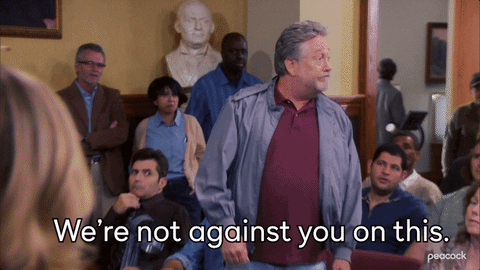
A study of online brand communities found that there were a ton of intersecting reasons for why members actually engaged in brand communities. These give us a useful model for understanding why people engage in any community.
Here's why people engage in communities:
- What can they give? (e.g. input, advice, help to other members)
- What can they exchange? (e.g. like-minded discussions, ideas)
- What can they get? (e.g. deals, help with something, accountability)
- Who can they become? (e.g. mastering a new skill)
These show us that the reasons why people engage are complicated.
The research shows that community engagement isn't just a routine collecting of ideas or asking questions. It plays a role in members' self-actualization and expression, helping to validate who they are and what they care about.
Communities are important to helping people discover and be who they truly are--and that's the coolest reason for why people engage.
If you're doing community engagement well, you're helping people be who they are. That's incredible!
*Lego's brand community brings people together who love to build. They can share their ideas and builds, and the best ones become official Lego sets. Even in something as simple as Lego, members can find ways to belong. *
Community engagement strategies
1. Build a dedicated community space

Maybe it’s not a huge surprise we’d lead with this, since we build these types of spaces. Obviously we care a lot about dedicated community spaces!
But seriously, this is such an important step and so many people don’t get it. If you throw your efforts into creating content or soliciting feedback in a space where your members can’t see or engage with it, you’re wasting your time!
This is exactly what happens for many people who have built a following on social media platforms like Facebook, Instagram, and Twitter.
They have hundreds, and even thousands of followers, yet they hear crickets when they post. (BTW, did you know Facebook makes you PAY to reach your own followers?)
Having more followers—the metric that seems to matter most on social media—doesn’t always translate to engagement. In fact, it’s challenging for creators to foster interactions between their followers because these platforms weren’t made for that.
If you’re a Host who is trying to build and grow your community, then the most important step you can take is creating an actual community space for your followers. This actually moves them from being followers to being members of a community. (You can find out what the difference is in this post)

If you’ve got a dedicated community space where members can feel safe enough to be vulnerable, share ideas, and learn from each other, you’ve taken a vital step towards better community engagement.
2. Have clear ground rules
So how do you get that place where people feel safe enough to be vulnerable, to ask questions, and to engage?
You definitely need some ground rules. After you’ve created a community space for your members, the next community engagement tip is to build out guidelines and moderation practices.
It’s no secret that when you’re dealing with online communities, everyone has different expectations for what are acceptable ways of interacting and what aren’t. Creating a set of rules and guidelines for your members for how they are expected to interact and what is allowed/not allowed is important.
If you’re worried that limiting people will actually stop community engagement, don’t. While it might be a counterintuitive community engagement strategy, when every member is on the same page about what’s expected of them, they will actually feel more comfortable posting and interacting with others.
One final thing about moderation. While you may have to moderate at the beginning, choosing loyal members in your community to be moderators down the line is a great way to reward those who have stuck around and kept the group energized. If you have clear ground rules, they'll be able to do this work well.
3. Create a strong ‘new member’ welcome experience
Who doesn’t LOVE to feel welcomed when they join a group? We all do! And that’s why making sure that your members feel noticed and valued right from the start is an incredibly effective community engagement tactic.
Creating a welcome experience for your members can be as simple as setting up an automated message that addresses them by name, directs them to the community guidelines, and maybe even invites them to post a short bio in their member profile or on a discussion board.
We’re big fans of having an “Introduce Yourself” post in your community space where all of your members can respond to the same set of questions and then comment on each other’s posts.
Not only is this a great way to facilitate interactions between your members, but it’s a simple way to quickly get to know them without asking them questions individually.
4. Get clear on your ideal member
For online communities, if you’ve got a community full of people who are there for totally different reasons, you’re going to struggle. No magical community engagement strategy can fix this.
That’s why you should get clear on who your ideal member is from the start. We suggest interviewing a handful of people to find out a transformation they’re trying to go through on their own. Look for similar threads between your potential members, and get clear on their pain points and how you might help.
Getting this clear ideal member and understanding the journey you’ll take together is a vital step in community engagement that will pay off later!
5. Create a Community Design™ plan
“What should I do in the community this week? I guess I’ll do a poll and maybe post about what I had for breakfast.”
It’s clear that a lot of people who start communities don’t always think through what the design of their community should actually look like. As a result, they often end up throwing things against the wall to see what sticks or treating their community like any other social media platform.
But did you know that a great Community Design™ plan will save you work? You’ll end up needing to create less content and you’ll be more successful because of it.
Why?
Because great community design gets really clear on the journey your members will take.
- Where will they be in a year? (We call this “A Year in the Life.”)
- What monthly themes will support this journey?
- What weekly conversations are required to help your members move the needle in their life?
We like to use a Big Purpose statement like this:
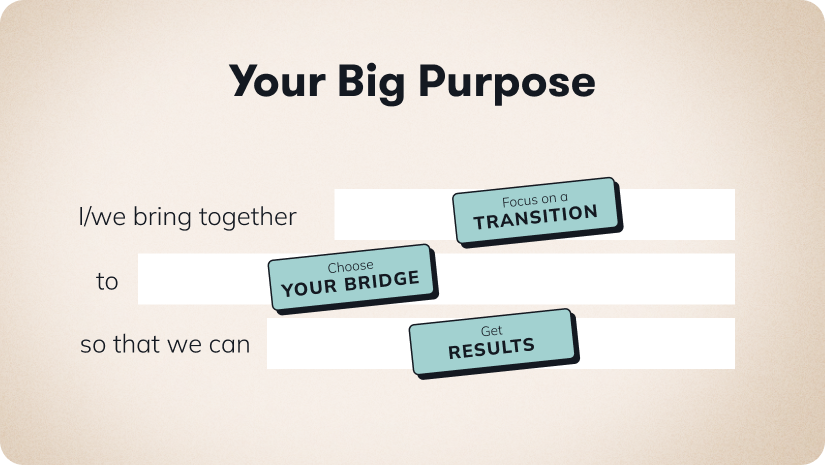
Learn more about Community Design™
6. Be a responsive leader
Building an online community is different from building a following online.
When you’re gaining followers, you’re usually trying to get people to interact with your posts—the focus is on you.
In community, by contrast, your goal isn’t to have all the answers or be the center of the conversation. Your goal is to get the conversation started, to facilitate, and to encourage others to take part!
It’s a great community engagement strategy to show that you’re invested in what your members are doing. That can mean spending time each day commenting on member posts with feedback, a simple ‘good job,’ or something else.
But there’s another reason to be a responsive leader and it goes to one of our other community engagement tips. When members see how you, the leader of the community, interacts with others, they can follow your example.
In practice, your actions should be an embodiment of the community guidelines you created.
7. Charge for membership
It might seem counterintuitive, but we’ve done the research.
Online communities that charge have the highest engagement—across the board. In fact, of thousands of Mighty Networks, the ones that charge have an 11-37% higher engagement rate.
If you’re hesitant about charging something for your community, let these numbers convince you.
Why does it work like this?
Well, it’s simple really. People value what they pay for.
Put differently, if they don’t pay for something, they’re less likely to value it.
That’s why, one of the simplest and best community engagement strategies is to charge something.
8. Experiment with content
If you build your community space on an online community platform then you will have the ability to create a wide variety of content.
Experimenting with what works and what doesn’t is a vital community engagement strategy, because you can find out what goes and what… well… flops.

What might that look like in practice?
Try stuff! How about polls that require little input but—as our research shows—most people engage with? Why not try a feature member day, where you celebrate one member’s story? How about Motivation Monday, where you get community members to share what motivates them?
And don’t get stuck only posting text-based content. Consider using features like live and pre-recorded video, pictures and graphics, and audio posts. Some people might not have the time to interact with a long article, but they could have a few minutes to interact with one of these other options.
Ultimately, don’t be afraid to experiment with what’s going to work for your community!
Creating a diverse repertoire of content is an incredibly effective way to increase community engagement.
9. Encourage members to tell their stories
If you want a community filled with members that interact, you’ll need to encourage them to share their stories. After all, we all have stories to tell about our wins and losses. They don’t take much preparation to share, and they’re true to us.
That’s why storytelling is at the heart of any great community engagement strategy.
You can kick off by having members share their stories when you welcome new members to the community. Encourage members to fill out their profiles. This will make it much easier for people to tell the group what they are all about, where they are from, and maybe even some fun facts.
As the host, you can use your members’ stories as content! Spotlight people in your community when they do something exceptional. Acknowledge and feature great comments and celebrate your members’ vulnerability. Thank them for trusting you with their stories.
It’s these stories that will forge strong bonds between your members and that’s why celebrating storytelling is a vital community engagement strategy.
10. Plan live events
Community engagement isn't just built in the comments! One of the best places to foster engagement is in your community events.
It can be easy to fall into the trap of simply posting content, commenting on members’ posts, and bouncing.
But if you can offer your members things to look forward to in the future, you will increase the energy and excitement of your community.
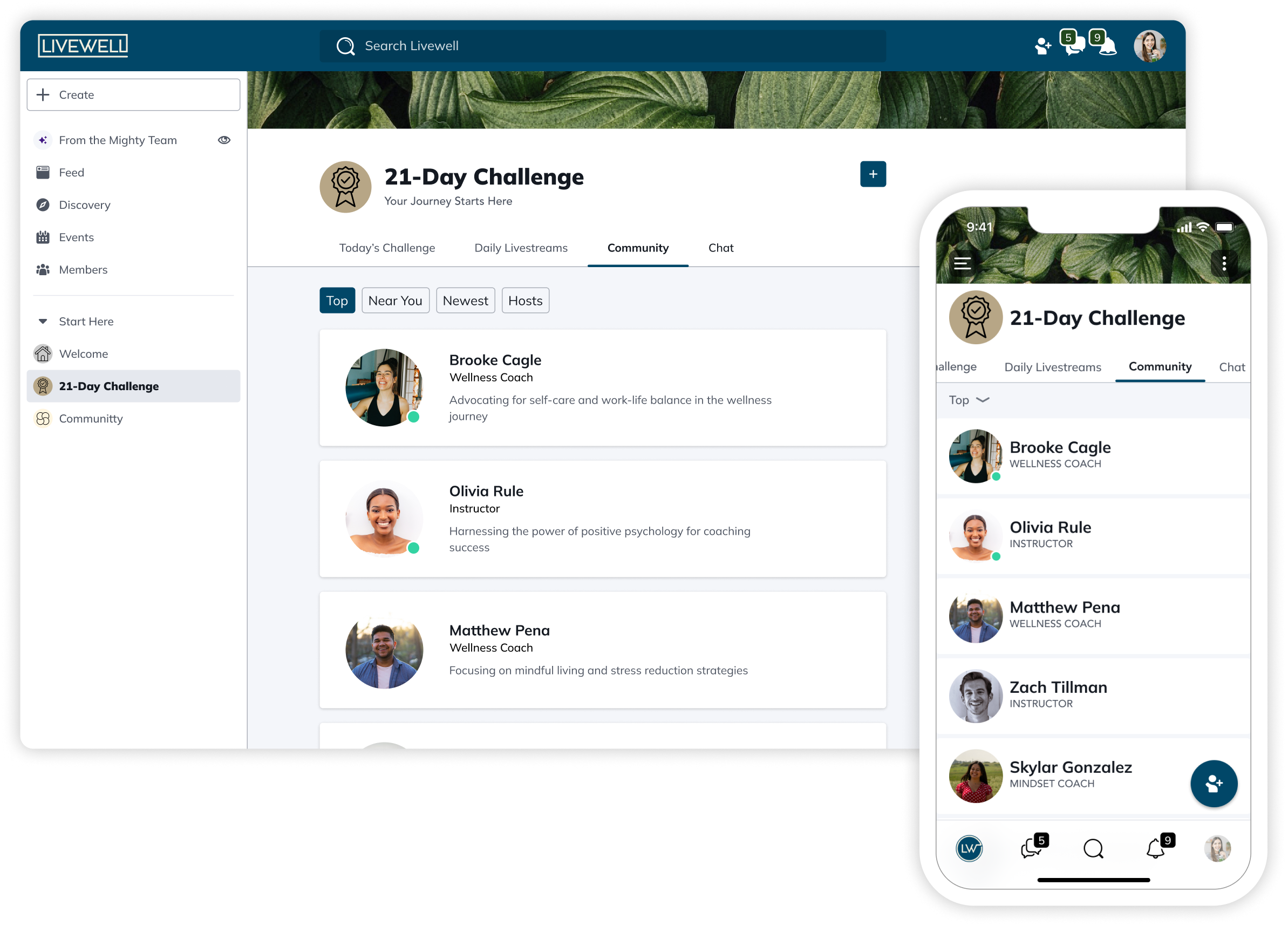
Even in an online community, there are plenty of tools at your disposal. Consider having a Zoom meeting or happy hour where members can get together for a casual hangout (Mighty Networks makes this super easy to schedule). OR, you can go live! (Watch Tom Buck talk about how he's using the Go Live feature in his Mighty Network)
Your events can include opportunities for teaching and learning. But before you exhaust yourself trying to create three webinars a month to teach a skill, remember that some of the greatest community engagement moments will come from the unscripted events: the hangouts, Q&As, happy hours, etc.
Don’t get caught in the trap of thinking that every community event needs to be a dump of information! Focus on connection instead.
The Self-Care Space, built on Mighty, talks about the power that live events bring to community engagement:
“Our platform has a lot of self-guided content. So during the live events, we really try to encourage more community engagement, attendance, and participation—all with the goal of building that sense of community and connection.” -- Megan Sherer.
11. Create subgroups
Within any great community are people with a common goal, but different needs and experiences. This is where subgroups (or Spaces) can come in handy.
Dividing members by specific interests, needs, or demographics means you can CUSTOMIZE how you reach your members.
- For example, if you run a community for visual artists, are there different art mediums that might be subtopics (i.e. watercolor, oil, collage)? Are there people with different life experiences or identities (i.e. stay-at-home dads, working millennials, first-time grandmas)?
Sometimes creating a subgroup that can narrow in on specific interests or needs of your community members can be a great way to boost engagement.
But be careful. Creating too many subgroups, spreading your membership too thin, could split focus too much and make the subgroups likely to fail. Plus, you still want your members to put engagement effort into the main community, and not spend all their focus in a subgroup.
It might be best to experiment by starting with a small number of Spaces and expanding if they’re needed!
12. Ask better questions
We've learned from studying communities that there's something that prompts engagement more than anything else: Questions.
This might seem obvious. But when the go-to for community engagement is talking at the community, you're going to struggle.
Asking great questions opens the space for members to share and shine.
Here are some examples of ways to formulate questions.
Tools for community engagement
- Forums and town-halls
- Surveys, polls, and questions
- Online discussions and forums (e.g. in a dedicated community space or on social media)
- Community events, conferences, training sessions, workshops, etc.
- Community advisory boards
- Local partnerships or sponsorships
- In-community programs, outreach campaigns, etc.
- Storytelling, content sharing, newsletters
Community engagement best practices
- Create a community engagement plan: No matter what your community looks like, a community engagement plan is an important tool. (For an online community, you can cover this with a Community Design™ process.)
- Build trust and transparent communication: If you're constantly open and creating opportunities for feedback, it makes community engagement much easier.
- Accessibility: Members' engagement shouldn't be limited by means or ability. Design your community engagement with accessibility in mind.
- Inclusivity: Make sure to include all voices, especially those who don't always get a seat at the table.
- Mix mediums: Create a mixture of touchpoints for engagement.
- Engage your top stakeholders: When there are people representing community groups or stakeholders, it's a good idea to engage them early and often.
- Educate: Your community members can't feed into decision-making or ideation without understanding the issues. Take time to educate people.
Conclusion
These community engagement strategies are guaranteed to take your online community to the next level of connection! Have you tried them?
We’ve covered a lot of different ways to plan effective community engagement strategies, but none of these matter if you don’t choose a great online community platform.
The best online community platforms will give you powerful, flexible, and easy-to-use tools to continue growing your community and providing your members with unique experiences they can’t get anywhere else.

And that’s what we’ve created at Mighty Networks. Our powerful cultural software platform lets you go beyond features and build a community with its own culture. And it comes with great Spaces that are all yours to create online courses, offer memberships, host virtual events, and go live! All this across web, iOS, and Android.
So, if you're looking for a home for your new or existing online community, come try it out for free today!



